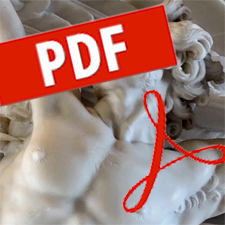Technological progress involves conflicting consequences for the owners of intellectual property rights. On the one hand, the scope of these rights is enhanced and new subject matter is protected. On the other hand, the effective exercise of rights is often hampered and sometimes completely undermined. It is therefore timely to take stock of the effect of technological change on the traditional formulation of intellectual property rights. In particular, the following issues need to be considered: (i) the goals of intellectual property protection, (ii) the present scope and duration of protection, (iii) the present challenges, (iv) the legal constraints on change at the national and international levels, and (v) strategies for the future, including the reformulation of existing regimes and the adoption of sui generis schemes.

PAGES
53 – 82
DOI
All content is freely available without charge to users or their institutions. Users are allowed to read, download, copy, distribute, print, search, or link to the full texts of the articles in this journal without asking prior permission of the publisher or the author. Articles published in the journal are distributed under a http://creativecommons.org/licenses/by/4.0/.
Issues
Also in this issue:
-
Ryan Jenkins, David Černý and Tomáš Hříbek (eds) Autonomous Vehicle Ethics: The Trolley Problem and Beyond
-
As open as possible, but as closed as necessary: openness in innovation policy
-
Turning sportswashing against sportswashers: an unconventional perspective
-
State secrets and compromises with capitalism: Lev Theremin and regimes of intellectual property
-
In search of an author
NEW WINE INTO OLD BOTTLES: TECHNOLOGICAL CHANGE AND INTELLECTUAL PROPERTY RIGHTS
Original Articles